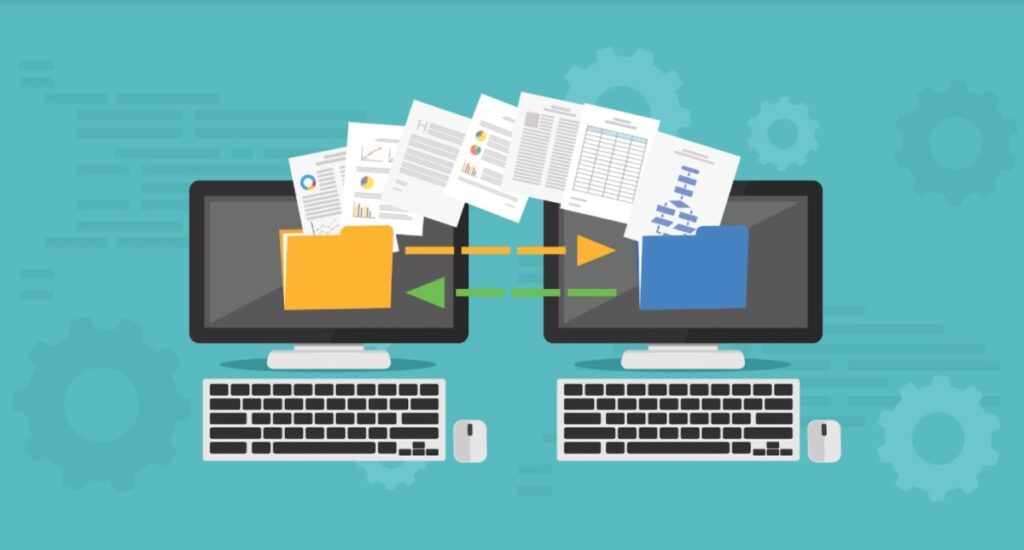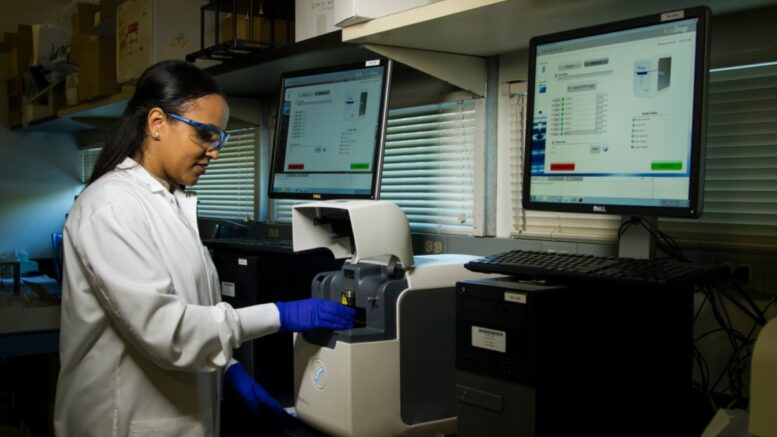Electronic Health Records (EHRs) are computer systems that store, maintain and retrieve information about patient healthcare. EHRs can use paperless technology such as those from HealthTECH Resources to create records of medical procedures, test results, and medical diagnoses. This helps speed up receiving treatment for patients by allowing doctors to more quickly access the most recent information on a patient’s medical history.
Currently, there are many different types of electronic health record software available on the market, each with its benefits and drawbacks in terms of functionality, cost-efficiency, and ease of use. It’s essential to select an EHR system that works best for your business needs to increase efficiency throughout all patient care areas without disrupting daily operations or causing additional stress on staff members.
You can also use Clinical Documentation Improvement (CDI) guides to store your EHRs better. The best way to do it is to get the CDI pocket guide that will help you with the roadmap to store and access medical records at your fingertips.
Lower the Risk of Medical Errors
One of the best things about electronic health records is that they help reduce the risk of medical errors. As you might imagine, accurate data entry is a massive part of keeping your patients safe from harm. The more mistakes are made in medical records, the higher the chance something will go wrong with patient care.
EHRs can reduce errors in patient care because they allow for more accurate data entry. When information is entered into an EHR by a practitioner using it as intended, there’s no need for double-checking or verifying whether it’s correct or not—the system will catch any errors during its processing! This means fewer opportunities for human error and more confidence in your practice’s ability to provide safe treatment options for those who come seeking help from you.
Maximize Efficiency
EHRs reduce the time spent on administrative tasks. With an electronic health record, you can easily access patient information and eliminate the need for endless paperwork in your office. This will allow you to focus on patient care rather than scheduling and documentation.
EHRs reduce the time spent on documentation. With an electronic health record system, medical providers can use integrated templates for reports or other documents related to patient care that require a higher level of detail than generally provided by paper charts or file cabinets full of records from different sources (email messages from patients’ other doctors may also be included).
EHRs reduce the time spent searching for patient records. An automated search tool allows providers who are looking at their own data (or another provider’s) to find it quickly without having to spend hours scrolling through pages or folders of paperwork trying to see what they’re looking for; instead, they have access at their fingertips all day long no matter where they are working within their organization.
Reduce Paperwork
Electronic health records help reduce paperwork by allowing a patient’s information to be stored electronically. This can prevent errors, reduce frustration and stress, and save time and money.
Doctors often spend lots of their time filling out forms by hand on paper; this may lead to errors in the written information. Some patients don’t want their medical records shared with other doctors or insurance companies, so they may tell their doctor not to write down specific things about them (like mental illnesses). In these cases, paper records make it hard for doctors who need access but cannot see what’s written down because of privacy concerns.
The increased use of electronic health records has improved efficiency in hospitals and care provided outside hospitals (like at-home visits).
Ensure Patients Receive a Higher Level of Care
EHRs have been shown to increase the efficiency of clinical processes and increase the safety of medical practices by reducing human error. They also are an effective way to improve communication between healthcare providers, allowing them to better track patients’ progress. This helps doctors monitor their patients more closely for signs of trouble or complications from treatment, leading to earlier detection before it becomes a bigger problem.
To ensure that every patient is receiving the best medical treatment possible, doctors must have access to all records related to their health history at any given time—whether they need immediate treatment or not. This would allow them access to all data on file from previous visits, which could come into play during future appointments if there were any complications or setbacks.
Improve the Speed at Which Patient Information Is Shared
Electronic health records allow for the rapid sharing of patient information with other providers, such as other hospitals or facilities. If you have an emergency and need to see a specialist in another city or state, the specialist can get your records from your primary care physician instead of collecting them from scratch.

This is also helpful if you need a second opinion about treatment options for a severe condition. Instead of waiting for weeks or months while your doctor sends their notes via regular mail, they can send them electronically at the click of a button so you can talk with another expert right away.
Electronic health records also have greater transparency in patient care: everyone involved will have access to your medical history and ongoing treatments, which means less time wasted on paperwork and more time spent helping patients heal faster!
Easily Retrieve and Analyze Data
The ability to easily and quickly acquire meaningful clinical data is one of the essential benefits of EHRs. This makes it possible for healthcare professionals to identify patterns in patient care and make informed decisions.
For example, if you were interested in determining if there were any correlations between certain medications, diagnoses, or procedures and how often patients experienced adverse events (i.e., adverse drug reactions, complications from surgery), all you need to do is pull up the relevant data from your EHR system. You can then examine the collected information using various statistical analysis tools built into EHRs today—saving time and money while helping improve patient safety by identifying potential risks related to specific treatments or conditions.
Enhancing Business Processes
EHRs help you manage patient information in one place, so you no longer have to spend time searching through paper records or emails when communicating with other providers about a specific patient’s care plan. Information stored electronically is also more accessible for staff members at all levels within an organization – including front desk clerks – to quickly access when needed without prior training in order management systems or IT skillsets.
Electronic health records can also help streamline administrative functions like billing with automated claims processing that simplifies physicians’ time to complete forms each month by automating tasks such as generating monthly invoices for insurance companies based on submitted documentation from patient visits.
Final Words
As these systems continue to develop and become more advanced, it’s clear that the move toward digitization in the healthcare industry is helping physicians provide the best care possible for their patients. Of course, there are challenges in this process. Still, these challenges will likely become easier to work around with continued advancement, resulting in better and more efficient patient care.
